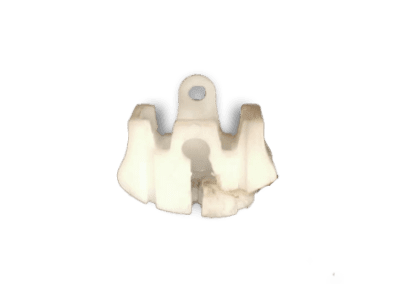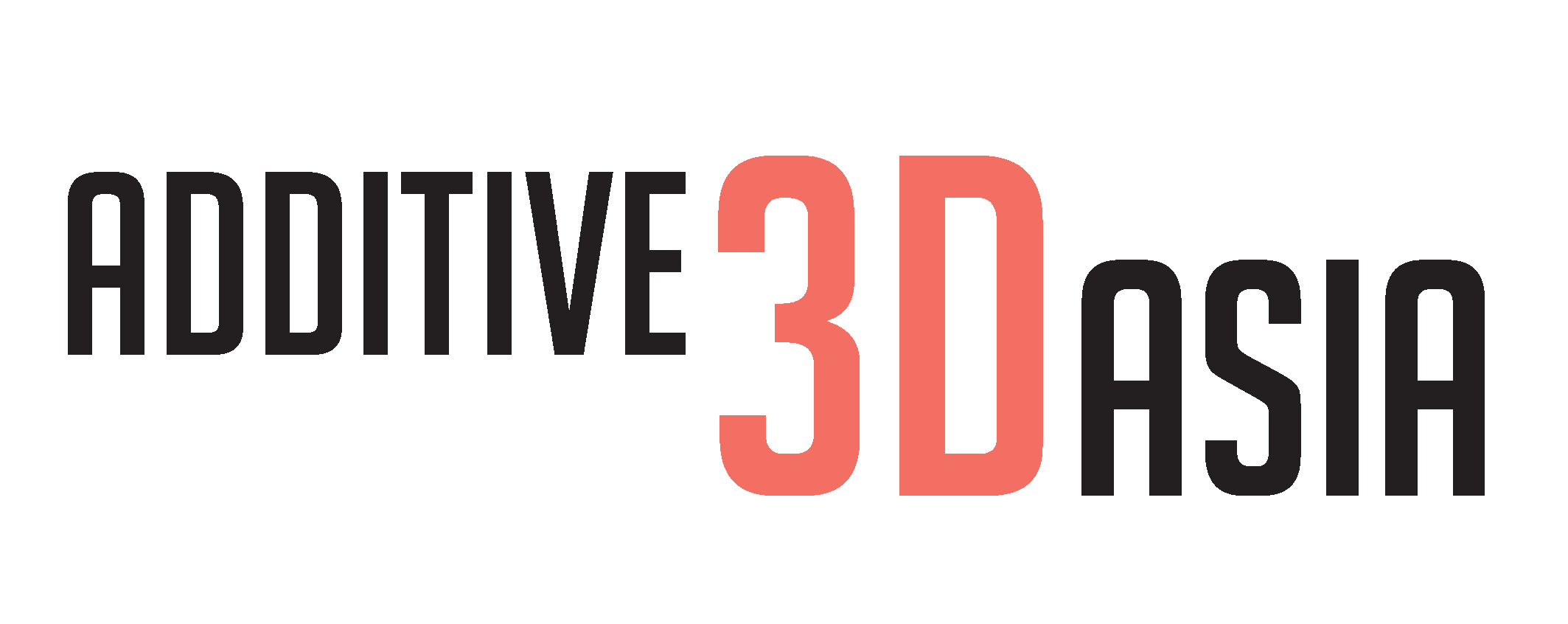Case Study:
Remodeling an Automotive Spare Part
Providing start-to-end solutions for spare part replacement


Challenge

Solution
3D Modeling of spare part to obtain a 3D file for production of final part

Technology
- SLA 3D printing
- SLS 3D printing
- CNC Machining

Material
- Grey Resin
- Glass-Filled Nylon
- Polyoxymethylene (POM)
- Steel

Broken Automotive Spare Part
Our client, Hong Seh Motors, is a luxury car importer and dealer who came to us with a broken spare part from a Tesla car. More specifically, this spare part is situated underneath a Tesla car seat. The challenge was to create an exact replica of the spare part to replace the broken part. As no replacement parts were available in the market, the only other alternative was to replace the entire car seat, which is not a cost effective option.
Therefore, our client decided to engage our services to remodel the spare part they needed. Firstly, our engineers worked on 3D Modeling (CAD as a Service) to create the 3D file in STL format before proceeding to the next step, 3D printing.

For fitting checks, the prototype part was first 3D printed in standard low cost grey resin using SLA 3D printing. This is to ensure that the 3D modelled spare part is as dimensionally accurate as possible, and check if there needs to be any further changes made to the design of the STL file at an early stage.
After going through the first round of checking, the part was 3D printed in Glass-Filled Nylon using SLS 3D printing. As Glass-Filled Nylon contains glass particles which makes it stronger than standard PA12 Nylon, our client tested if this 3D printed piece could be used as a functional part.

Final Product
After prototyping and testing, our client found that the Glass-Filled Nylon part was not strong enough to withstand the necessary load.
Based on their feedback, we suggested to produce the end part with two different CNC Machining materials for testing, using polyoxymethylene (POM) material and steel. POM is an engineering thermoplastic used in precision parts requiring high stiffness, low friction, and excellent dimensional stability.
With our recommendations and start-to-end services where we helped from 3D Modeling, to prototyping, to manufacturing of the final part, our client successfully reduced costs by more than 75% compared to if they were to replace the seat entirely.

*Produced in steel with CNC machining

